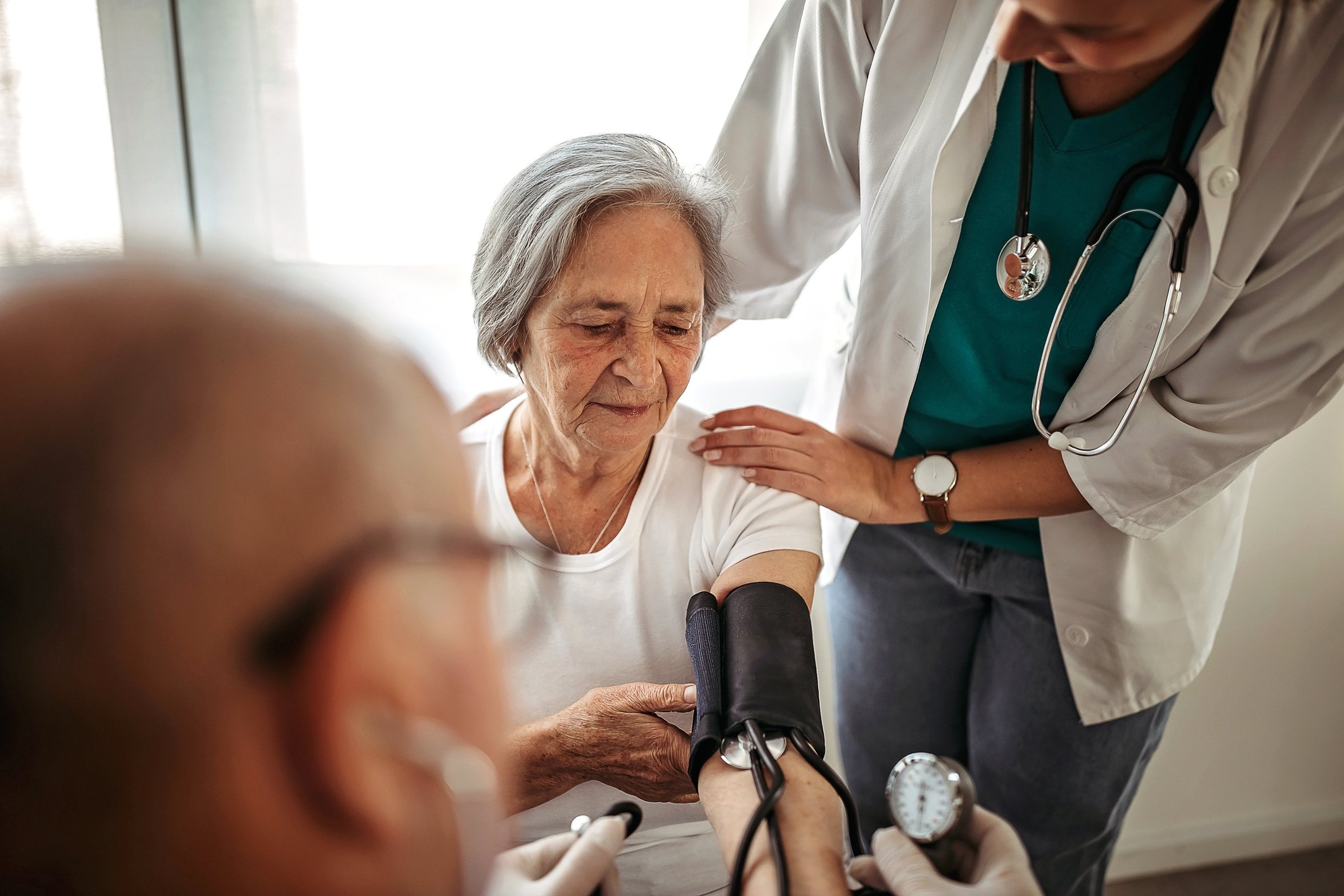First, the good news: Sexually transmitted infections (STIs) are generally preventable and usually treatable. For years, however, everyday clinical practice has shown a different picture. Recently, it was strongly suggested by Gail Bolan, Director of the Centers of Disease Control (CDC), that 20 million new STIs occur annually in the United States and the current prevalence of all STIs is over 110 million [1].
Half of these infections affect adolescents and young adults aged 15-24 years in the United States, with females and males affected in approximately equal proportions. However, the consequences of unnoticed ascending infections with, for example, chlamydia or gonococci are incomparably more consequential for young women with possible infertility. Furthermore, complications such as ectopic pregnancies, potential transmission to fetuses or newborns, and of course the increased risk of HIV transmission must be mentioned. In addition to the individual health effects, there are the significant costs, estimated at $16 billion annually in the U.S. alone.
By far the most common are infections with the human papillomaviruses, which are responsible for three quarters of all STI cases in terms of quantity. To prevent the mostly harmless but annoying condylomas as well as the changes caused by the oncogenic viruses, a vaccination has been available for years in the form of Gardasil® , which, however, is still used too rarely, at least in Switzerland, to be able to confirm the international reports of success [2]. According to the latest reports from the Federal Office of Public Health, the trend of increasing STI in Switzerland is also unbroken. For example, cases of gonorrhea (currently mainly among heterosexuals) have been steadily increasing since 1996 and peaked in 2013. This is alarming on the one hand as a result of the obvious increase in risk behavior, and on the other hand as a result of the serious resistance problem. Likewise, the efficacy of standard therapies in non-gonorrheic urethritis is decreasing [3], which is discussed in the article of the Dermatological Outpatient Clinic of the Stadtspital Triemli in this issue. As we are increasingly confronted with concerned patients with purely inflammatory diseases as a result of the third safer sex rule newly propagated by the FOPH “In case of itching, discharge and pain in the genital area, consult a doctor immediately”, the differentiation of these entities from STIs is of great importance. This is exemplified by balanitis/balanoposthitis in the article by Dr. Borelli et al. illustrated. The containment of STI can only be achieved if, on the one hand, stigmatization and inhibition thresholds are reduced, which allows open and honest communication. Sexual history needs to be addressed by the medical profession, especially in primary care, and patients need to be educated about its risks. On the other hand, the awareness of STI must be promoted, the clarifications and screenings should be intensified, and the therapies should be carried out quickly and correctly. In addition, greater importance must again be attached to primary prevention.
This issue is rounded off by non-venereal contributions on aging skin by Dr. Oliver Kreyden and interesting congress reports.
With kind and collegial regards
Prof. Dr. med. Stephan Lautenschlager
Literature:
- CDC. Incidence, Prevalence, and Cost of SexuallyTransmitted Infections in the United States. www.cdc.gov/std/stats/STI-Estimates-Fact-Sheet-Feb-2013.pdf
- Read TR, et al: The near disappearance of genital warts in young women 4 years after commencing a national human papillomavirus (HPV) vaccination program. Sex Transm Infect 2011; 87: 544-547.
- Manhart LE, et al: Standard treatment regimens for nongonococcal urethritis have similar but declining cure rates: a randomized controlled trial. Clin Infect Dis 2013; 56: 934-942.
DERMATOLOGIE PRAXIS 2013; 23(6): 1












